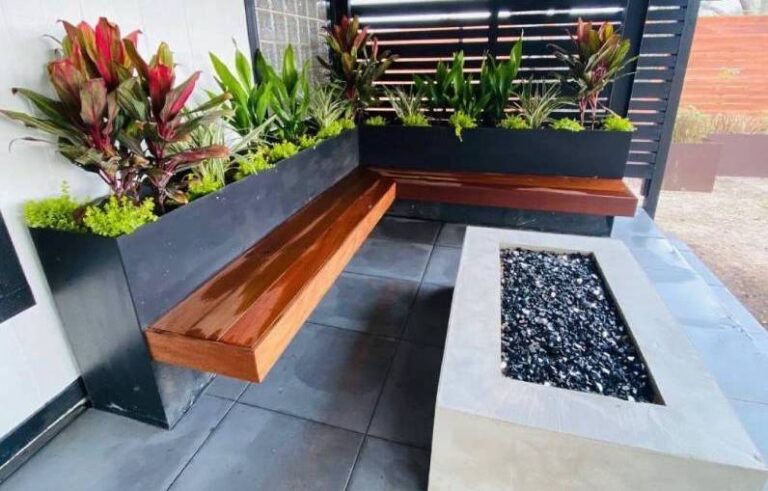The Lifespan of Untreated Wood Outdoors
As a homeowner in Austin, TX, researching landscape architecture, you understand the importance of materials that can withstand the outdoor elements. One common question that arises is, how long will untreated wood last outside? This article aims to provide comprehensive insights into this topic, helping you make informed decisions for your outdoor projects.
Sullivan’s Services is a full-service landscaping, lawn care, and irrigation service company. We focus on catering to your every need, doing everything possible to ensure your satisfaction. Our highly skilled team of landscape professionals has been servicing both residential and commercial customers in Austin, Round Rock, Cedar Park, and the surrounding areas for over eight years. Since our inception, we’ve grown to become a top home services company in the local community, providing the best quality services around.
The Lifespan of Untreated Wood
When considering using untreated wood for outdoor projects, it’s essential to understand the factors that impact its longevity. Untreated wood can be particularly susceptible to decay and damage from various environmental elements. Here are some key points to consider:
Weather Conditions:
– Wood exposed to direct sunlight, rain, and fluctuations in temperature can deteriorate more rapidly.
– High humidity levels can also accelerate the decay process, especially in regions with frequent rainfall such as Austin, TX.
Insect Infestation:
– Untreated wood is vulnerable to insect infestation, particularly from termites and other wood-boring pests.
– Insect damage can compromise the structural integrity of untreated wood over time.
Moisture Exposure:
– When untreated wood is consistently exposed to moisture, either from rain, irrigation, or ground contact, it can lead to rot and decay.
– Wet conditions provide an ideal environment for fungi and bacteria to thrive, further contributing to wood deterioration.
Factors Affecting the Lifespan
The lifespan of untreated wood outdoors can vary significantly based on several factors:
Wood Species:
– Different wood species have varying natural resistance to decay and insects. Some species, such as cedar and redwood, are naturally more durable than others.
Maintenance:
– Regular maintenance, such as sealing, staining, or applying protective coatings, can extend the lifespan of untreated wood by providing additional protection against the elements.
Exposure:
– The degree of exposure to sunlight, rain, and moisture plays a crucial role in determining how long untreated wood will last outdoors.
Estimating the Lifespan
While it’s challenging to provide an exact timeframe for the lifespan of untreated wood outdoors, the following general estimates can be helpful:
Softwood:
– Untreated softwood exposed to outdoor conditions may last anywhere from 1 to 5 years, depending on the factors mentioned earlier.
Hardwood:
– Untreated hardwood typically has a longer lifespan than softwood, lasting anywhere from 5 to 15 years under outdoor exposure, again depending on the environmental conditions and maintenance.
Overall
The lifespan of untreated wood outdoors is influenced by a combination of environmental factors, wood species, and maintenance practices. Understanding these variables can assist homeowners in making informed choices when using untreated wood for outdoor projects.
For expert guidance on selecting suitable materials and maintaining outdoor structures, contact Sullivan’s Services today.






